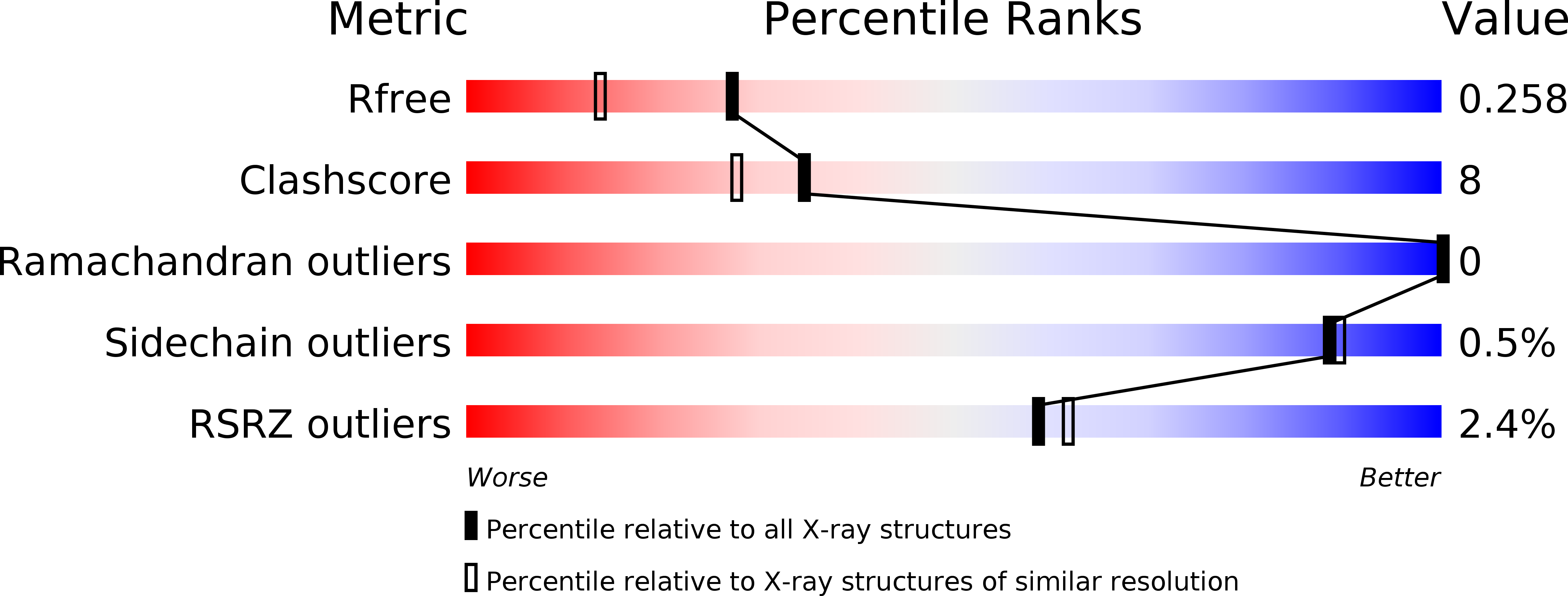
Deposition Date
2013-05-21
Release Date
2014-02-19
Last Version Date
2024-11-27
Entry Detail
PDB ID:
4KU1
Keywords:
Title:
Role of the hinge and C-gamma-2/C-gamma-3 interface in immunoglobin G1 Fc domain motions: implications for Fc engineering
Biological Source:
Source Organism:
HOMO SAPIENS (Taxon ID: 9606)
Method Details:
Experimental Method:
Resolution:
1.90 Å
R-Value Free:
0.25
R-Value Work:
0.21
R-Value Observed:
0.21
Space Group:
P 21 21 21


